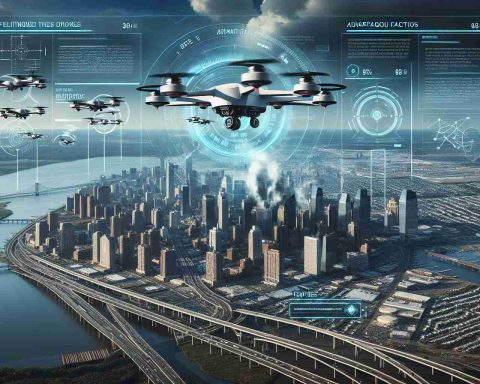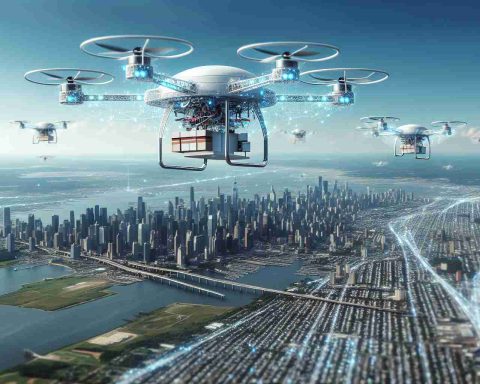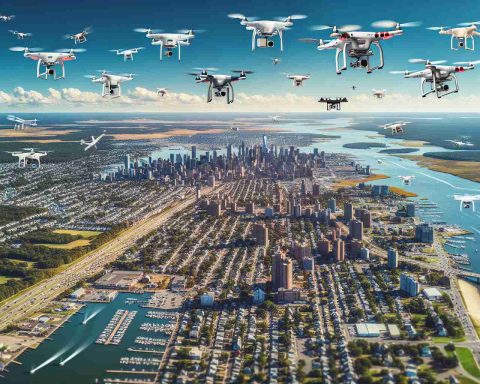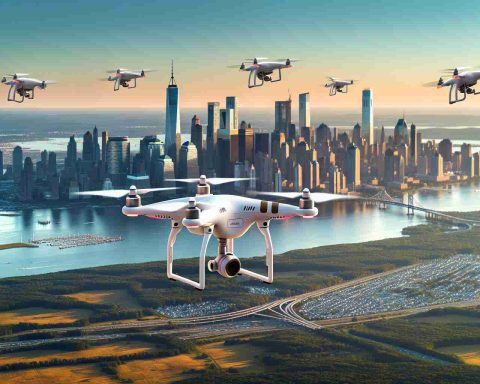K2 Space’s Ambitious Plans to Revolutionize Satellite Technology
K2 Space has secured a pivotal contract with the U.S. Space Force to develop its inaugural ‘Mega’-class satellite, aiming for a launch into Medium-Earth Orbit (MEO) in February 2026. This significant mission, dubbed “Gravitas,” is backed by a funding package totaling $60 million, which incorporates government and private investments, along with Small Business Innovation Research (SBIR) funding.
As a rising satellite manufacturing startup, K2 Space specializes in constructing larger, more advanced satellites at competitive prices. The Gravitas project is crucial for the company, as it aims to validate the performance of their satellite platform in diverse orbits, including Low-Earth Orbit (LEO) and MEO.
Designed to cater to both commercial and governmental needs, the Gravitas mission will accommodate national security payloads. It will showcase the satellite’s capabilities through extensive operations in LEO, maneuvers to MEO, and prolonged activities in the MEO environment.
Karan Kunjur, the CEO of K2 Space, emphasized the project’s importance, highlighting the support from various U.S. Space Force divisions. He pointed out the unique features of the K2 bus, designed to meet the increasing demands for satellite technology in the MEO and Geostationary Orbit (GEO) arenas, thus addressing a vital need in national defense strategies.
K2 Space: A Game Changer in Satellite Innovation and National Security
Introduction
K2 Space is positioning itself as a pivotal player in the satellite manufacturing industry, especially with the recent announcement of its ambitious plans to launch a ‘Mega’-class satellite in collaboration with the U.S. Space Force. This article will explore the innovative aspects of K2 Space’s technology, its market implications, and what this means for the future of satellite operations.
Overview of K2 Space’s Gravitas Mission
The Gravitas mission, named after its aim to significantly impact satellite technology, is set for launch into Medium-Earth Orbit (MEO) in February 2026. Backed by a substantial funding package of $60 million, which includes both government and private sector investments, this initiative seeks to validate K2 Space’s satellite performance across various orbits, particularly focusing on Low-Earth Orbit (LEO) and MEO.
# Specifications of Gravitas
– Type: Mega-class Satellite
– Launch Date: February 2026
– Orbit: Medium-Earth Orbit (MEO)
– Funding: $60 million from governmental and private sources
Features of K2 Space’s Technology
K2 Space is known for its innovative satellite bus, designed to meet the growing demands for advanced satellite functionalities. Key features of the satellite include:
– Enhanced Payload Capacity: Ability to accommodate national security payloads, highlighting its dual-purpose utility for both commercial and governmental applications.
– Operational Versatility: Capable of extensive functionalities in LEO before executing maneuvers to MEO and maintaining operations within the MEO environment.
Pros and Cons of K2 Space’s Approach
# Pros
– Cost Efficiency: Focus on competitive pricing allows K2 Space to offer advanced satellite solutions without excessive costs.
– Government Support: Strong backing from the U.S. Space Force enhances credibility and opens avenues for future contracts.
– Innovative Technology: The K2 bus is designed to adapt to the evolving requirements of satellite operations effectively.
# Cons
– Execution Risks: Launching a new satellite class carries inherent risks regarding technology validation and operational success.
– Market Competition: As a startup, K2 Space faces substantial competition from established players in the satellite industry.
Use Cases for K2 Space’s Satellites
K2 Space’s satellites are versatile, with applications including:
– National Defense: Providing crucial surveillance and communication capabilities.
– Commercial Operations: Supporting businesses in telecommunications, global internet access, and data collection in various sectors.
Market Trends and Predictions
The satellite industry is evolving rapidly, with increasing demand for advanced satellite capabilities in both commercial and defense sectors. K2 Space is strategically positioned to leverage these trends. Industry analysts predict that the market for satellite services will continue to grow, driven by advancements in technology and increasing global connectivity demands.
Conclusion
K2 Space’s Gravitas mission represents an exciting chapter in the future of satellite technology. With substantial government backing and an innovative satellite design, K2 Space not only seeks to validate its technology but also aims to reshape capabilities in national security and commercial operations. As we approach the scheduled launch in 2026, the outcomes from this mission will be critical in determining K2 Space’s position in the satellite manufacturing landscape.
For more insights and updates on satellite technology, you can visit K2 Space.



















